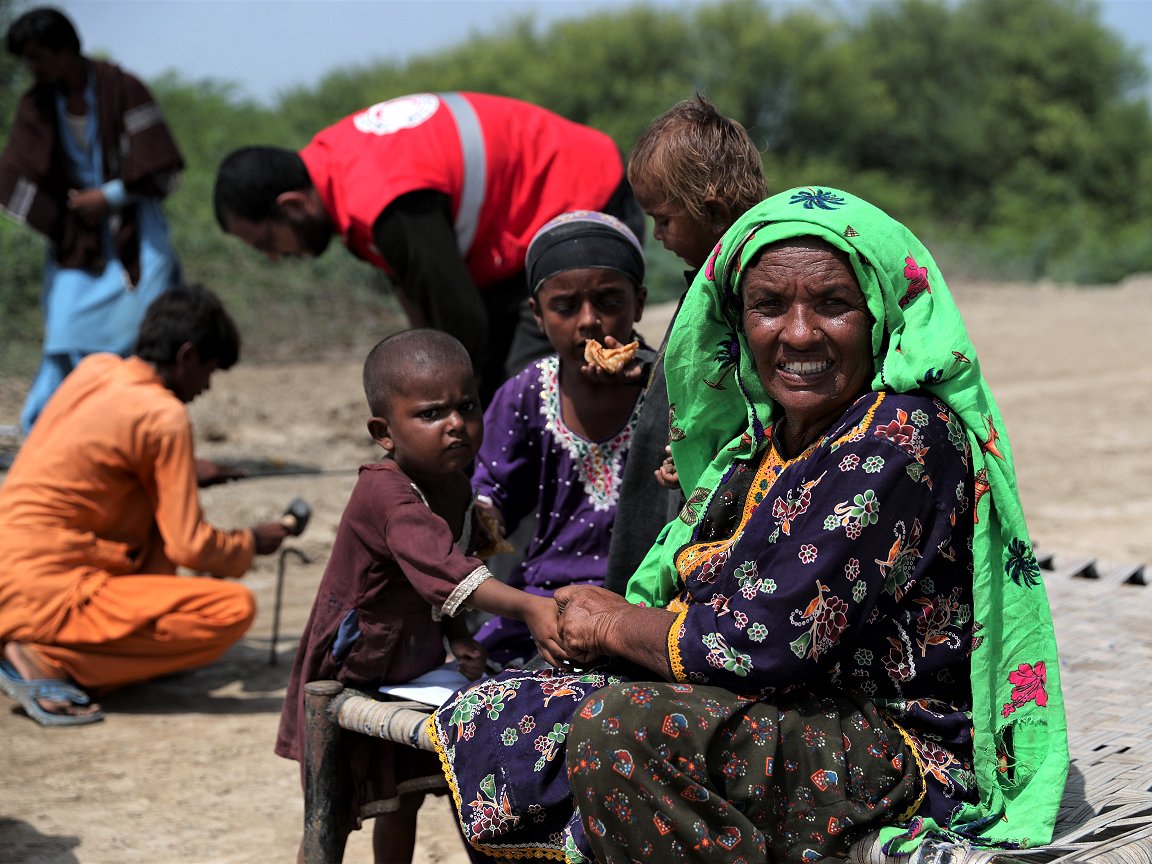
WMO: Warming trend in Asia since 1991 almost double previous three decades

By the Climate Centre
Extreme weather and the impacts of climate change are intensifying in what is already the world’s most disaster-prone continent, which ricocheted between droughts and floods last year, the WMO’s State of the Climate in Asia 2022 report said yesterday.
It quotes EM-DAT statistics showing there were 81 weather, climate and water-related disasters in Asia in 2022 – the great majority of them floods – that took more than 5,000 lives and directly affected more than 50 million people; by contrast, the report adds, many arid regions experienced severe dust storms.
The warming trend in 1991–2022 was almost double the previous 30 years, and melting ice and glaciers and rising sea-levels threaten more socio-economic disruption in future.
The IFRC’s own World Disasters Report 2022 said that of its five global regions, “Asia-Pacific has been the worst affected by disasters in 2020–2021. This is true across three different measures … the largest number of disasters, the largest number of deaths and the largest number of people affected.”
UN Under-Secretary-General Armida Salsiah Alisjahbana said in as WMO press release yesterday: “Impact-based forecasting, early warnings for all, and their translation into anticipatory action are examples of the transformative adaptation needed to strengthen the resilience of food systems in Asia.”
Drought affected many parts of Asia in 2022 – causing estimated economic losses of nearly US$ 8 billion in China, for example – while in another “superflood”, Pakistan received 60 per cent of its total average monsoon rainfall in three weeks, affecting more than 30 million people.
‘Short of a mini-Ice Age over the next few days, July 2023 will shatter records across the board’
Among the WHO report’s other key messages: melting glaciers that have lost significant mass over the past 40 years saw this too accelerating; warming in the north-western Arabian Sea, the Philippine Sea and the seas east of Japan exceeds 0.5 °C per decade, or three times the global average; and record-breaking winds and heavy rainfall associated with Typhoon Nanmadol were observed at several stations in Japan in September.
Other data released yesterday also testified to accelerated warming and growing climate impacts.
Citing measurements from the Copernicus Climate Change Service, the WMO said the first three weeks of July have been the warmest three-week period on record, and the month is on track to be the hottest in recorded human history.
“We don’t have to wait for the end of the month to know this. Short of a mini-Ice Age over the next few days, July 2023 will shatter records across the board,” said UN Secretary-General António Guterres.
Meanwhile, the Met Office’s new State of the UK Climate report highlighted how the British climate continues to change, “with recent decades warmer, wetter and sunnier than the 20th century.”
Although the UK has warmed at a broadly consistent rate compared to the observed change in global mean temperature, observations show that in the UK temperature extremes are changing much faster than the average, including a new record of 40.3°C was set almost exactly a year ago during an unprecedented heatwave.
The world’s longest-running instrumental temperature series, the Central England Temperature record, which dates back to 1659, also recorded its hottest year on record last year.
Red Crescent volunteers help a displaced family pitch their tent near Karachi last October. The 2022 Pakistan superflood, which destroyed or damaged more than 2 million homes, was contrasted by the WMO yesterday in its State of the Climate in Asia 2022 report with the drought that caused billions of dollars’ worth of losses in China. (Photo: Turkish Red Crescent via IFRC)